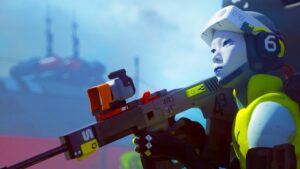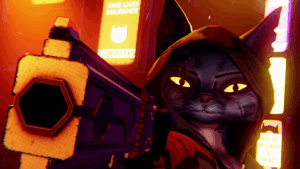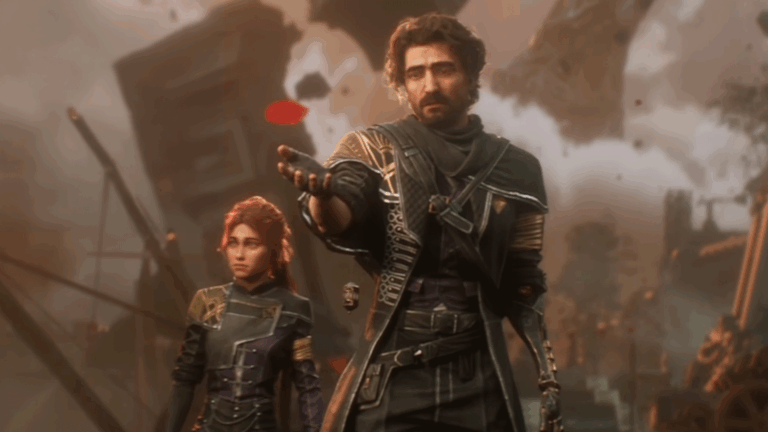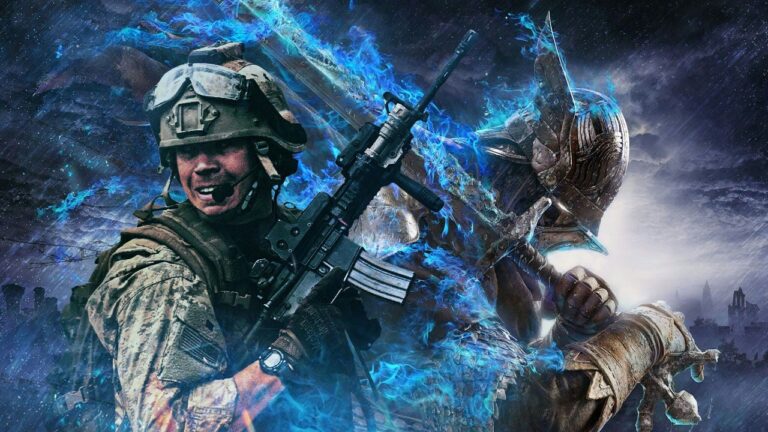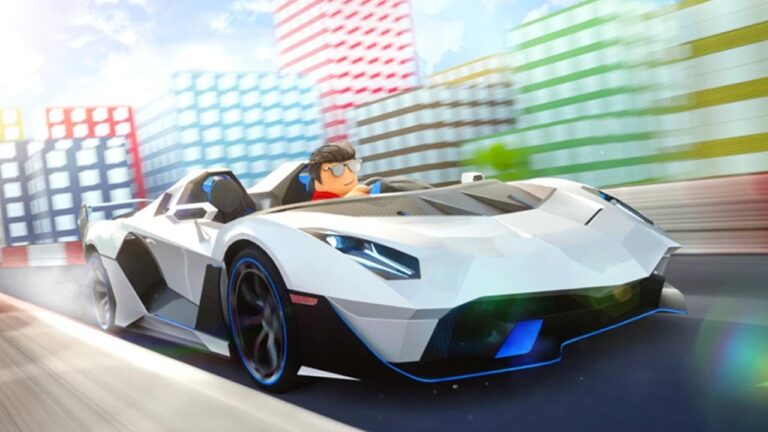Introduction: A Promising Sequel with Familiar Foundations
Launched in 2021, the original Splitgate proved that combining Valve-style portals with classic arena shooter gameplay creates a compelling and innovative experience. Building on that success, Splitgate 2 aims to elevate the formula with new features like character classes and an expanded arsenal. While these additions hint at greater depth and strategic options, some design choices and changes raise questions about its overall direction and long-term appeal. As I spend more time with this free-to-play follow-up, I find myself both excited and cautiously optimistic about what it offers—and what it might be missing.
Visual Changes: Bright Colors Over Industrial Grit
Compared to its predecessor, Splitgate 2 has undergone a significant visual overhaul. Gone is the gritty, industrial look of the original maps, replaced by vibrant colors and brighter lighting schemes. This shift makes the game feel more lively and eye-catching, aiming to attract players familiar with titles like Fortnite. However, it also results in a loss of the distinctive atmosphere that made the first game’s maps memorable. Features like deserts, trees, or other environmental details—such as those found in iconic maps like Oasis—are now relegated to background decorations rather than integral gameplay elements. Additionally, the surface textures across the 15 available maps feel increasingly similar, which can make each battleground blend into the next during fast-paced matches.
Map Creation and Community Content: Creativity Meets Limitations
The return of the map creator mode, now called The Lab, offers players a powerful tool to craft and share custom maps. It’s already filled with numerous fan-made recreations of famous PvP maps from other games, alongside original designs that add variety and fun. Despite this, many community-made maps tend to be gimmicky, and their suitability for standard competitive modes is often questionable. Finding matches on these custom maps can be challenging—players frequently sit alone in lobbies, waiting for others to join, especially for the more unconventional options. While the creativity is impressive, the lack of a dedicated ranked mode and limited player base can hinder the overall multiplayer experience.
Gameplay Improvements: Portals and Movement Dynamics
The core gameplay mechanic—portals—remains the defining feature of Splitgate 2. They continue to offer strategic depth, allowing players to traverse maps quickly, set ambushes, or manipulate physics for tactical advantages. A notable improvement is the ability to create both ends of a portal with a single button press, making portal placement faster and more intuitive. This convenience outweighs the minor drawback that closing an opponent’s portal requires actively closing yours first, which can sometimes block your own routes. After about 10 hours of gameplay, I prefer this streamlined approach to the previous reliance on anti-portal grenades.
Enhanced Movement and Combat: Titanfall-Inspired Action
Movement feels smoother and more dynamic thanks to the introduction of a new slide mechanic, complementing the existing sprinting and jetpack features. The jetpack, in particular, now provides greater lift and longer airtime, reminiscent of Titanfall’s fluid combat style. This results in firefights that often spill into the air, adding excitement and unpredictability to engagements. The arsenal remains similar to the original, featuring futuristic designs but lacking in innovation. The weapons function as expected, but the real thrill lies in grabbing powerful weapons like the new machine pistols—especially when they can be combined into a longer machine gun—that spawn on the map’s neutral points. These high-impact weapons are worth prioritizing during matches.
New Character Classes: Tactical Diversity or Overcomplication?
One of the most significant additions in Splitgate 2 is the introduction of three character classes—avatars representing competing corporations—each with unique active abilities and passive effects. For example, Sabrask’s Smart Wall provides a one-way bullet shield that allows shooting through it, similar to Overwatch’s Reinhardt shield, while Meridian and Aeros offer passive boosts like health regeneration or faster ability recharge. These classes encourage team composition and tactical diversity, adding layers of strategy that appeal to players seeking more than straightforward gunplay. However, some may argue that this hero-shooter approach diverges from the original’s balanced, equal-start premise. Personally, I find that the classes add enough variety to make matches more engaging, especially for those who enjoy outthinking faster, more reflexive opponents.
Map Design and Game Modes: Balancing Size and Engagement
Across all game modes, smaller maps tend to deliver the most excitement, leveraging portaling’s strengths for quick, high-energy encounters. Larger maps, like those in the new three-team, 24-player Onslaught mode, often feel deserted, as players need to traverse significant distances to find enemies. This creates a less intense experience and diminishes the strategic potential of portals, which are underutilized in these expansive environments. Many objectives are placed in areas that are difficult to reach via portals, further limiting their impact on offensive strategies. This design choice favors passive gameplay—setting traps and escapes—over aggressive pushes, which can feel underwhelming on the larger maps.
Future Possibilities: The Battle Royale Mode
The upcoming battle royale mode stands out as the most anticipated feature awaiting full review. Early impressions suggest it follows familiar tropes: squads of four drop into a shared zone, fighting to be the last team standing. What sets it apart is the integration of portals within a map composed of four interconnected regions—each with distinct themes like snow or lava—that shrink over time as regions collapse. This dynamic creates fast-paced, multi-environment combat scenarios that encourage both strategic planning and quick reflexes. I look forward to exploring this mode further and seeing how it influences the overall experience once it’s fully available.

